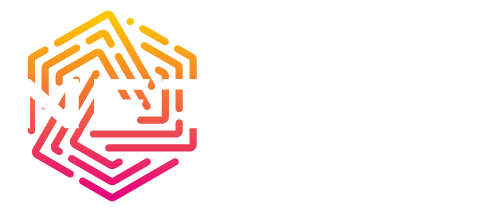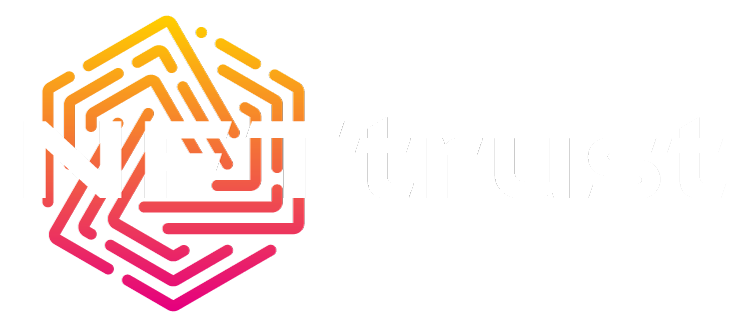
Unleashing the potential of digitize asset lifecycle for more availability and efficiency of all metadata








STATEMENTEnhancing trust and transparency through a new way of asset management
For some time now, many supply chain services have been focusing heavily on making product supply chains in the production process transparent through digitalization. The goal is to provide customers at the point of sale with background information about the origin, materials, working conditions, and suppliers, thereby fostering trust in the product.
Innovations in Supply Chain Transparency
Companies like retraced.com, prewave.com, and IBM are pioneering new ways to achieve transparency in the supply chain using software, AI, and algorithms. Blockchains such as Aura, Lukso, and Vechain are beginning to create a digital twin for products and make their data available in a decentralized manner. This allows all parties in the supply chain to access, contribute, and respond to the data as suppliers.

The Ongoing Digitalization of Supply Chains
The digitalization of the supply chain from product manufacturing to the handover of the product to the customer is already well underway. It will likely take another 10 years for full digitalization to permeate all manufacturers and their production processes. However, the digitalization in the primary market with new Web3 technologies is unstoppable.
ACYC’s Focus on Secondary Market Digitalization
At ACYC, we focus on the digitalization of metadata that begins when the customer first holds the product or asset in their hands during the initial sale. Thus, our primary positioning is in the General Secondary Market.
Providing Background Information in the Secondary Market
We share the same goal as projects in the primary market: to provide customers at the point of sale with more background information about the asset development process. However, in the case of the secondary market, different criteria are important to the customer at the point of sale. These include usage, condition, modification, repair history, and certain types of evaluations in this context or other aspects.
Embracing the Future with NFT Layer Technology
When we talk about assets and not just products, it must be understood that we are thinking about the future of assets with NFT Layer Technology. We are referring to all assets in the fields of Digital (art, games, inventory, music, software, tickets, etc.), Physical (real estate, jewelry, art, cars, inventory, etc.), Natural & Built (trees, soils, buildings, roads, infrastructure, etc.), and Biological (animals, livestock, pets, wildlife, plants, crops, etc.). The NFT Layer Technology allows us to log all digital processes and assets and, for the first time, record all analog processes and assets using NFT technology. We can digitally save all data with NFTs and query it in a decentralized manner without intermediaries, with both public and privately restricted access.
The Role of IoT in Enhancing Asset Transparency
IoT further drives this process by using sensors to automatically record external influences. Technologies that have been in development for decades are now converging, enabling us to interact with our environment in entirely new ways. Consequently, we can make all our assets, whether digital or analog, transparent throughout their entire lifecycle with their various influences. This allows us to always be informed about the condition and existence of our assets, helping us better to understand the value of our assets and communicate these values to others.
OUR HISTORY & MOTIVATION
We have been active in the NFT market since mid-2021, striving to make it more transparent and sustainable. In early 2021, we launched NFTaggregator.io, a platform enabling NFT Art Creators to link stories to their artworks, helping collectors understand their value. By the end of 2021, with 6500 creators publishing 100-150 stories daily, we identified a gap: the lack of reviews in the NFT market, unlike Web2, where 60% of users rely on them. We developed a system to track social engagement and identify fake profiles, aiming to bring these ratings to NFT marketplaces for transparency.
Since Q2 2022, we’ve worked on a decentralized community-driven assessment platform for NFTs. Drawing on over 10 years of experience in complex website models, we launched NFTchoice, realizing its broader potential. By mid-2023, we evolved NFTchoice.io into trendhub.one, a dynamic social media platform with a 3D multimedia space, facilitating deeper community engagement and comprehensive evaluations.


